Have you ever noticed those little patches of grass missing from the golf course? Chances are, those missing patches are due to something called a "divot."
Today we unearth the secret to mastering the perfect divot as we take your ball striking to extraordinary heights with this comprehensive guide! From understanding the nuances of a golf divot to repairing them like a pro, we'll delve into the delightful world of divots and leave you with some handy tips and tricks to better ball striking. So grab your wedges and buckle up – it's time to embark on yet another exciting golf adventure. This time it's the world of golf divot perfection.
Divot Decoded: The Lowdown on Golf Divots
So, what exactly is a golf divot? Well, a golf divot is a small chunk of grass that is dislodged when a golfer strikes the golf ball. Generally speaking, when a player hits a golf ball with an iron, especially the short irons, they will take a divot out of the ground. The size of the divot will usually depend on the type of club used. Low-lofted clubs generate smaller, shallower divots while wedges produce larger steeper divots. Divots typically occur on tee boxes or fairways, and they can range in size from small to large, shallow or deep.
These little green pieces of turf are more than just a byproduct of your golf swing; they offer valuable insight into your swing, especially at the point of impact. These tiny green patches reveal the truth of what's going on with your swing exposing the good, the bad, and the ugly.
So, the next time you send a chunk of turf flying, stop and take a look at it! It may just show you why you're pulling all your shots to the left. Think of the golf divot as instant feedback for your golf game.
Divot Detective: What Your Divots Reveal About Your Game
Channel your inner Sherlock Holmes and grab a magnifying glass or maybe your reading glasses – it's time for some divot detective work!
The location, direction, size, and shape of your divots can unveil a wealth of information about your swing. For example, a deep divot may imply a steep angle of attack, while shallow divots can signal a flatter swing path. By examining your divots closely, you can identify the type of swing you have, areas for improvement, and what to do next.
When you look at divots you want to look at several different elements:
- The Divot Location - Is it in front of the golf ball or behind the ball?
- The Divot Direction - Which way is the divot pointing?
- The Divot Depth - Is it shallow or deep?
- The Divot Size and Shape - Is it short or long? Is it rectangular?
But before you take a look at your divots let's identify the perfect divot.
- Where is the divot relative to the golf ball? This is the defining moment. When you're striking the golf ball you want to strike the ball first then the turf. This means that the proper divot starts in front of the golf ball and your club struck the ball first. This is one of the big differences between the average golfer and scratch golfers or professionals. Better golfers allow the club's loft to do the work striking the ball at the lowest point in the arc of their swing. In fact, the bottom of your swing arc should actually be a couple of inches in front of the ball for the proper angle and perfect ball flight.
- Where should the divot point? The divot should point straight ahead unless you're purposely trying to hook or slice the ball in which case the divot will be right or left of the target.
- How much turf do you take? The perfect divot should be relatively shallow but it will vary by the length of the club and how soft or hard the ground is. The shallowness of depth should be consistent across the length and width of the divot. "Think bacon strips" - from the wisdom of the great Moe Norman.
- What do the shape and size look like? The shape of your divot will vary by the club. However, with your wedges, the divot should be a rectangular shape. It should almost look like a dollar bill. And it should be about 6 inches in length.
Now, let's get back to our detective work and analyze what different divots reveal about your swing mechanics.
- Behind The Ball: Most amateurs hit the turf before the golf ball. This results in hitting the ball fat or chunking it. This is not a desirable shot and results in a lack of distance. There could be several swing flaws here - ball position to far back, rotating too quickly through the ball, late clubhead release, excessive outside to in swing path.
- Digging A Ditch: Are you a digger? Do your divots tend to look like you're installing a new irrigation system underneath the fairway? If so, your swing can be too steep especially if the divot is on the shorter side or your body is dipping on the downswing. You may be able to get away with this swing with your wedges but definitely not with the longer clubs in your golf bag.
- Directional Disaster: This is usually a swing path issue. If your divot is pointing left you may just be aiming that way or you're swinging over the top, a very common swing flaw amongst amateurs. The result is a slice or a pull. If your divot is pointing left it's probably the result of an excessive inside-to-out swing path resulting in a push or hook. Or it could be a simple set-up issue - aiming too far left.
Divot Diversity: A Club-by-Club Divot Breakdown
It's important to understand that the golf club you're hitting influences the divot you create. Irons and wedges, with their sharper leading edges and a steeper swing, tend to produce deeper divots, while fairway woods, hybrids, and long irons often create shallower, more sweeping impressions. Dissecting these different types of divots will help you understand what's going right and what's going wrong with your swing. Let's break it down by different golf clubs.
- Driver: You always tee up your driver so if you're generating a divot with the driver you have much bigger problems. A Divot is definitely not recommended!
- Fairway Woods: You're looking for more of a sweeping motion but scratching the surface of the fairway with a slight divot is often recommended by golf instructors.
- Low Lofted Irons: You may want to give the fairway the slightest of haircuts but you can never go wrong picking the ball clean.
- Wedges And High Irons: Hitting your scoring clubs is all about a descending blow creating backspin on the ball. This results in that perfect six-inch shallow divot. The larger divot will come from your higher-lofted, shorter irons with a steeper angle of attack.
- Middle Irons: Your divot size should decrease proportionally from roughly six inches to a couple of inches as you work down from wedges and high irons to your middle irons.
Divot Do-Over: The Art of Repairing Divots
Now that we've unearthed the enigma of divots it's time to learn the fine art of repairing them. This essential discipline not only preserves the beauty and the playability of the course but also demonstrates your commitment to proper golf etiquette. And guess what? It's pretty simple.
- The Fill Drill: Patching Up Your Divot: One popular method for repairing divots is using a sand-and-seed mixture, typically found in containers near the tee box or on the side of the golf cart. All you need to do is pour the mixture into the divot, level it with your foot, and voilà – your solid divot has been repaired!
- The Turf Turnaround: Replacing Your Divot: Another proven technique is to replace the dislodged chunk of grass. Gently place the turf back into the divot and press down firmly with your foot. And just like that the fairway will soon be back to its pristine condition.
The best method to use will often depend on the preference of the golf course that you're playing.
The Divot Doctor: Meet Your New Best Friend, the Divot Repair Tool
Let's move from the fairway to the green. You've just hit a gorgeous pitching wedge onto the 9th green. It hits the green and checks up nicely leaving you an eight-footer for birdie. When you get to the green you need to repair your ball mark.
Ball marks are indentations or impressions created on the green from a decent shot into the green. It's like a divot but you're not removing chunks of grass from the fairway. As a courtesy for other golfers following behind you, you need to repair the ball mark. So, it's time for divot tools. Yes, we know - more odd golfing language. Why is it called a divot repair tool when it's used for repairing ball marks on the green?
A divot tool is a golfer's best friend when it comes to fixing indentations on the green. This handy, pocket-sized gadget typically features two metal prongs that can be used to lift up and level the turf, ensuring a smooth putting surface for all golfers to follow. Many of these tools included a magnetic ball marker - perfect for lining up your putts. So the next time you're out on the green, don't forget your trusty ball marking tool. Just don't expect it to fix your fairway divots.
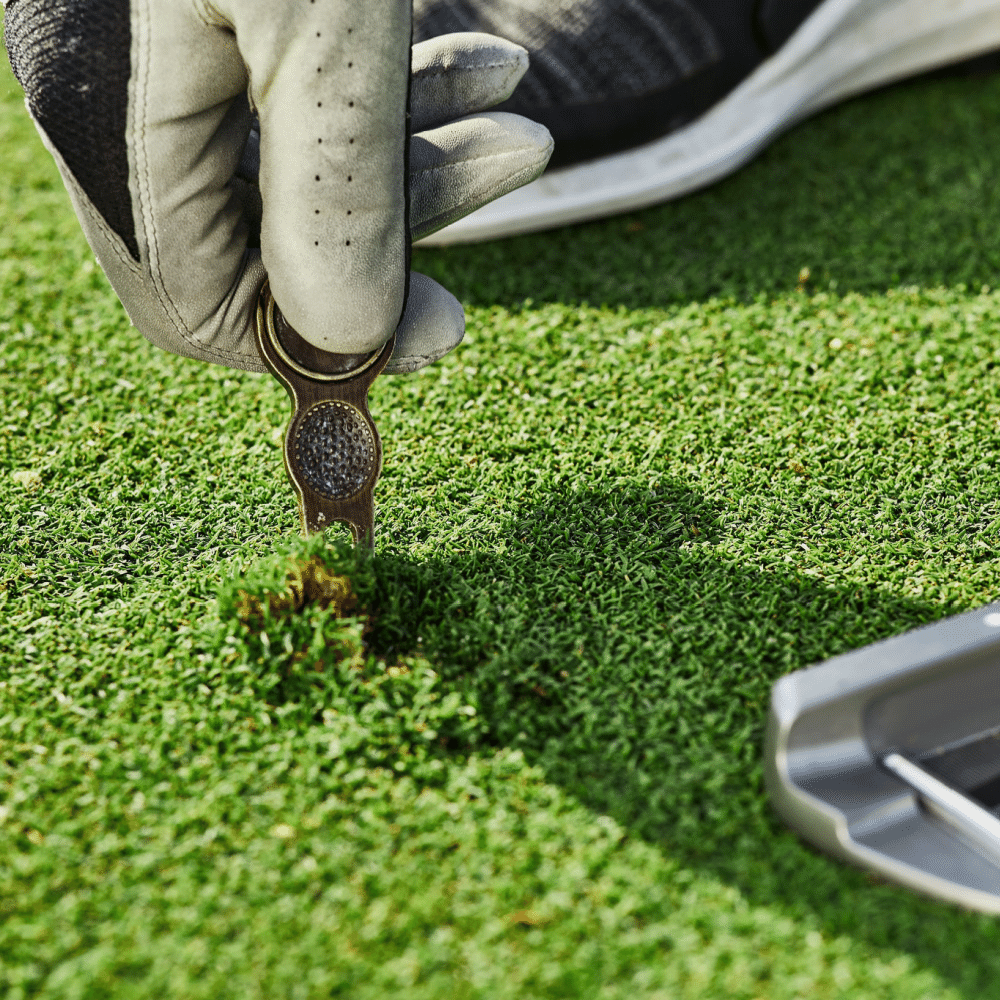
Unlock the Secret to Perfect Divots: An Insider's Tip From A Coaching Legend
Let's tap into the brilliant coaching mind and see what Mr. Butch Harmon has to say about improving your divots.
For straighter golf shots and straighter divots, you want the correct swing path. Use your lower body to initiate the downswing. This will help you feel the club coming from the inside so that you can properly extend your arms out to the golf ball.
Now the critical part - feel like your upper body is moving toward the target by covering the golf ball with your chest at impact. The middle of your chest should be directly over the beginning of the divot after impact. The feel of covering the golf ball with your upper body makes sure the swing bottoms out at its lowest point in the arc. This is what creates a good divot and pure ball striking.
The Final Swing: Concluding Our Dive Into The Art Of Golf Divot Mastery
And there you have it, fellow golfers: a comprehensive guide to the enigmatic world of golf divots. Hopefully, it's clear that the art of the perfect divot is the key to better golf and better ball striking. Armed with this newfound knowledge, you'll be well on your way to divot mastery and, ultimately, a more improved game. So, the next time you step onto the course, remember to take a look at your divot patterns, repair them diligently, and, above all, embrace the genius tips we've shared. After all, a perfect divot is a sign of a true golfing virtuoso, and with practice, you'll be leaving your mark of excellence on the course for all to admire. Swing on, divot maestros!
Thanks for visiting. We can't wait to see you again!
"Keep it in the short grass"
Joseph
This is the perfect training aid for better divots and ball striking. And it's in almost every professional golfer's bag.
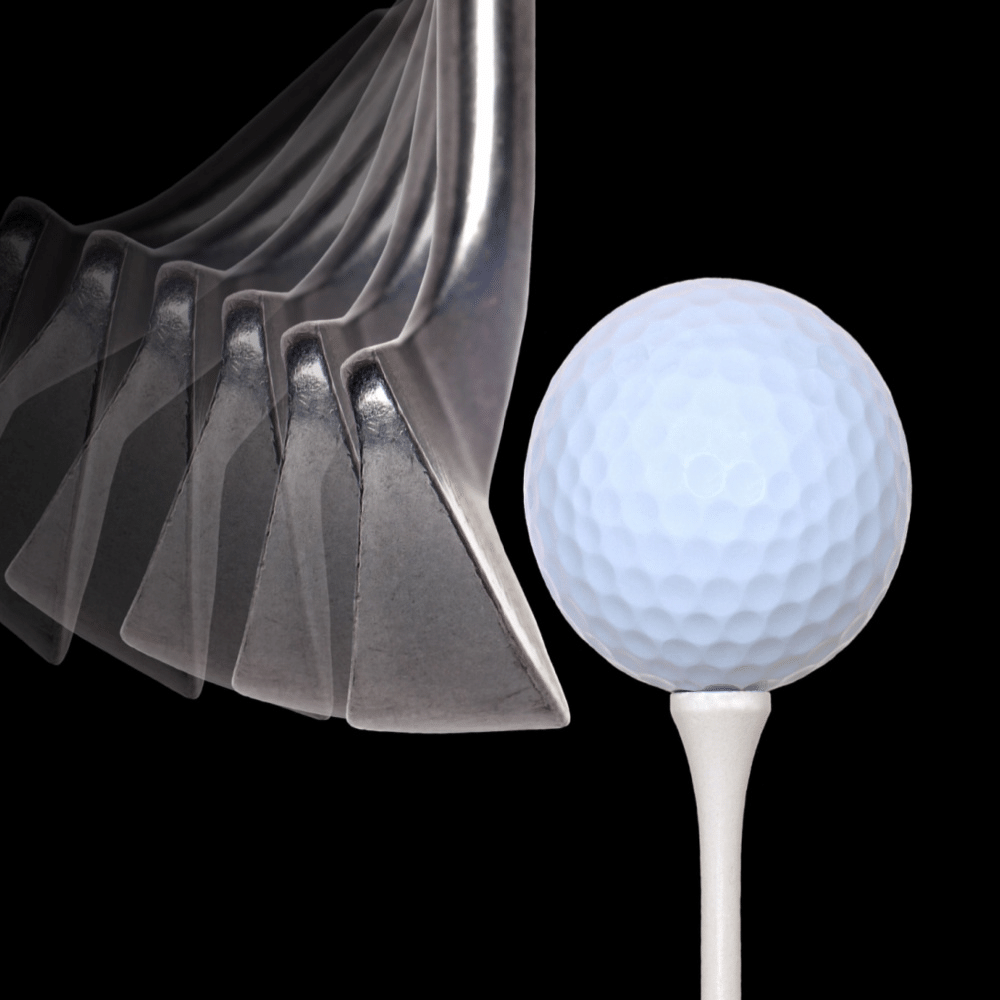
If you're in the market for the best golf accessories, check out the articles below.
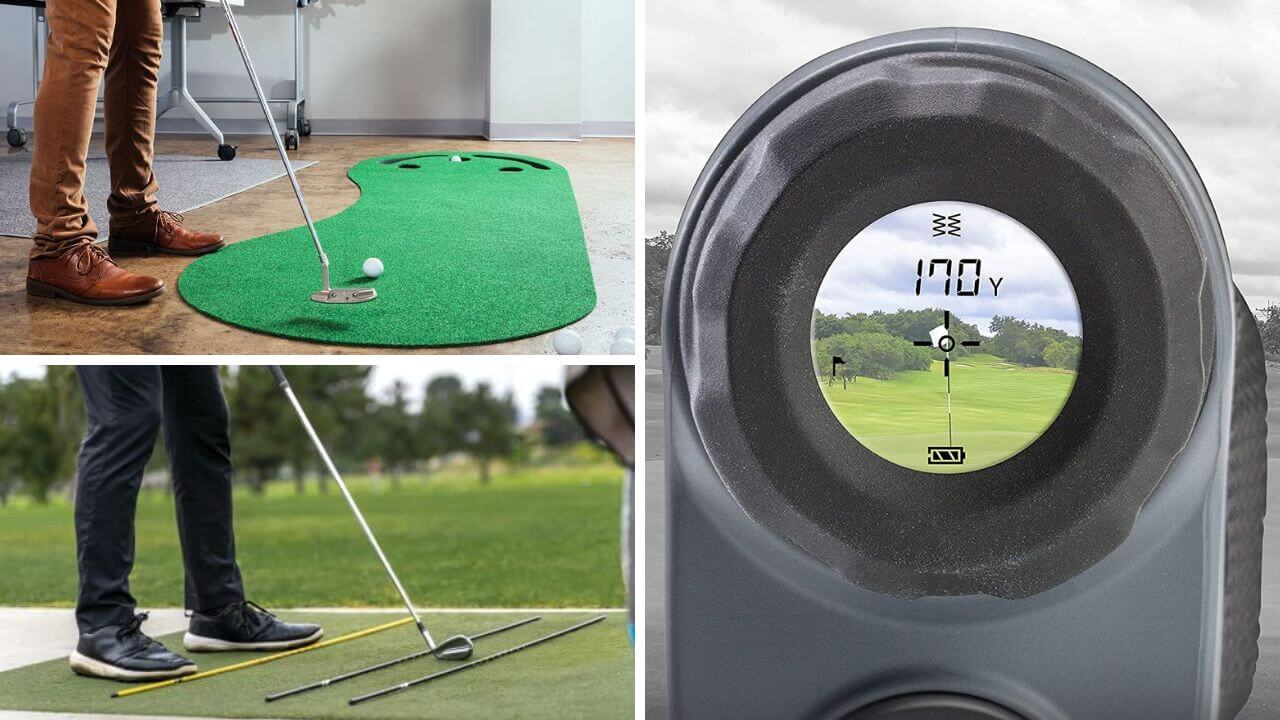


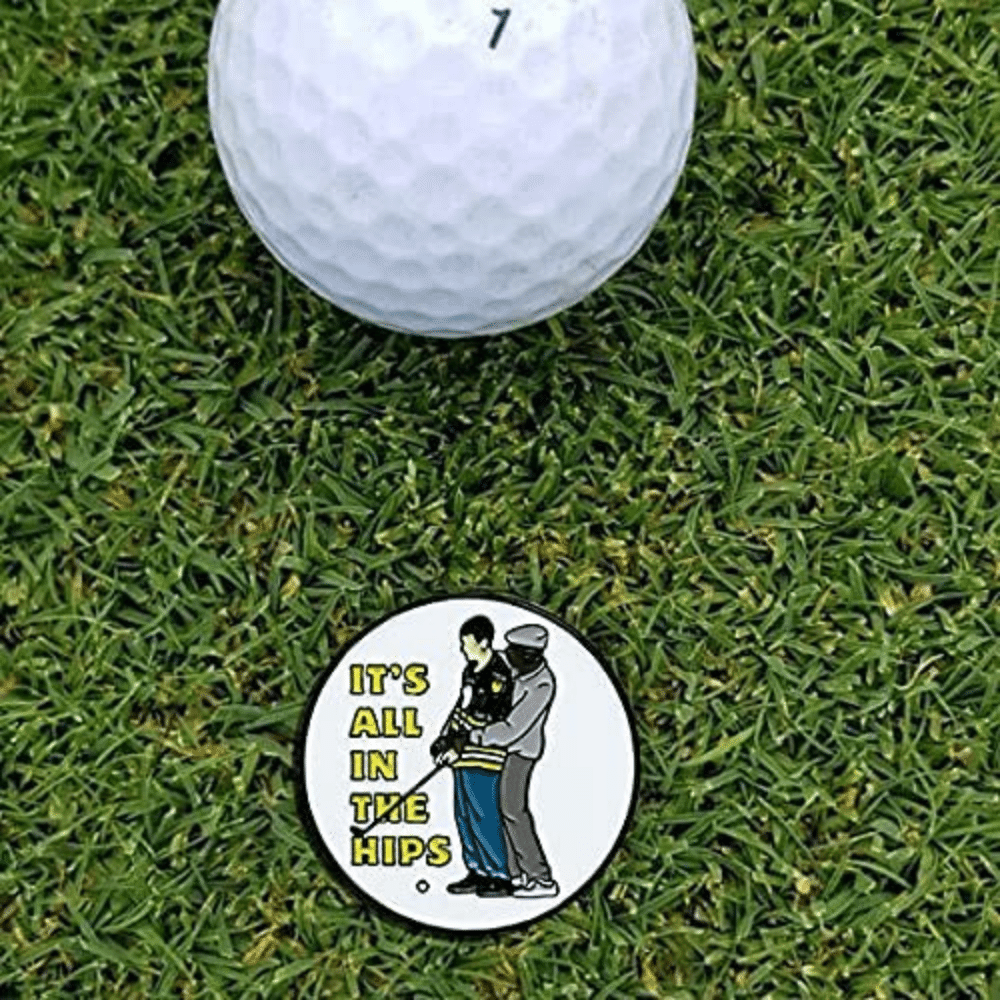
If you're looking to up your fashion game check these stories out.

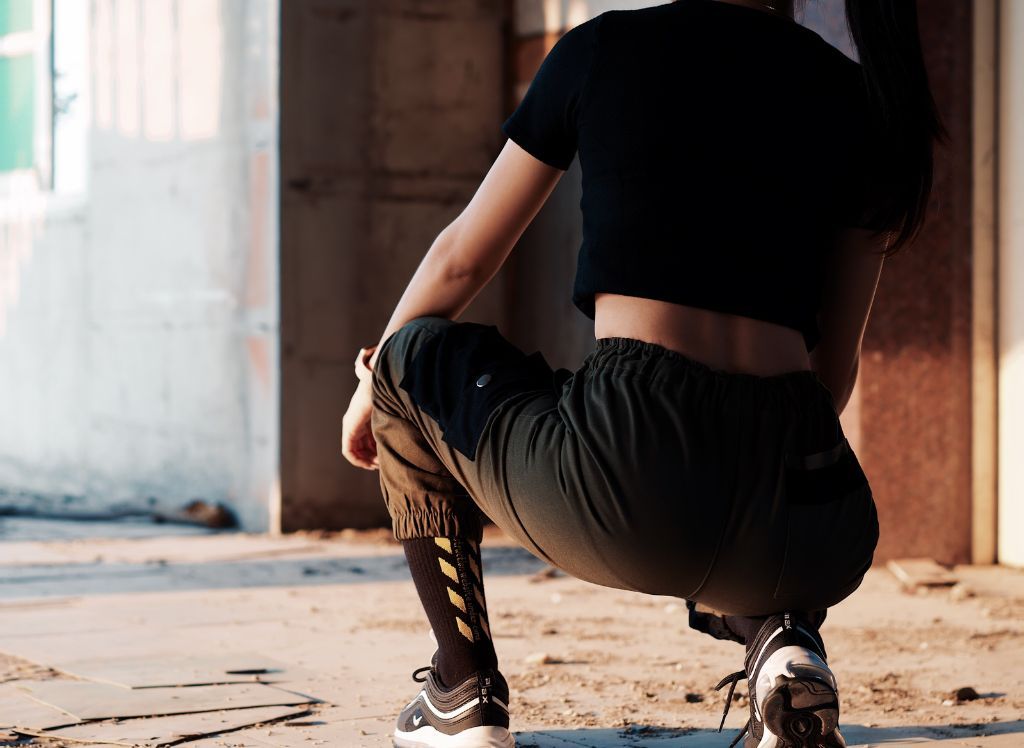









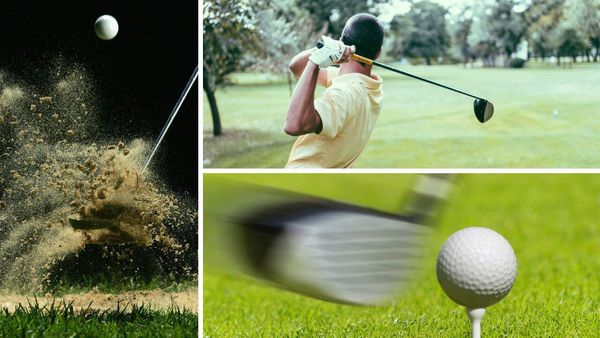

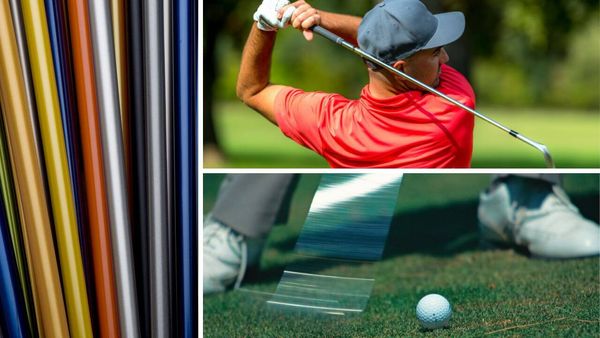
Member discussion